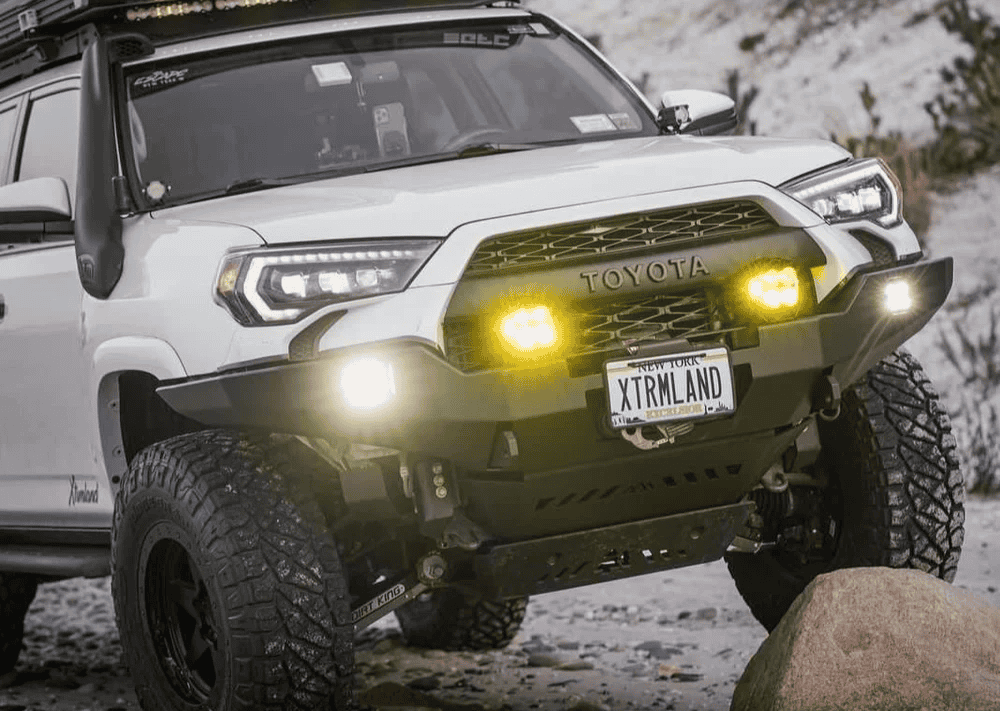Overland Vehicles

Original equipment conversion specialists modify vehicles in a way that feels native to the platform. Their goal is simple and demanding at the same time. Add capability without compromising safety, drivability, or the integrity of the factory systems. That means working within weight ratings, validating electrical loads, and ensuring every add on communicates correctly with modern vehicle networks.
These teams translate real world needs into engineered packages. Think power distribution modules that respect OEM fuse strategies, mounting that uses factory hard points, and interiors that preserve airbag zones. Good specialists design for serviceability, with labeled wiring, documented circuits, and schematics that any dealer tech can read. They also anticipate harsh conditions, protecting cabling, seals, and fasteners so the vehicle holds up to heat, washdowns, and trail vibration.
Safety underpins every decision. Reputable shops reference FMVSS requirements, verify seat and belt anchorage strength, and keep modifications clear of crumple structures. They confirm total mass against GVWR, axle ratings, and payload, then account for weight distribution so handling stays predictable. Lighting changes follow DOT guidelines. Any fuel, propane, or battery system is installed with proper ventilation, isolation, and overcurrent protection. Documentation matters, because fleets and insurers often require proof that standards have been considered and met.
Modern platforms run on complex networks. Conversion pros test for clean power, proper grounding, and acceptable voltage drop across long cable runs. They use solid state relays and DC to DC chargers to keep alternators and batteries healthy. Where possible, they interface through sanctioned upfitter points. They avoid splicing into sensitive controls and never backfeed circuits in a way that could confuse onboard diagnostics. After installation, they verify no fault codes, no parasitic draw, and stable behavior under load.
Every strong program starts with discovery. The team defines use cases, duty cycles, and environmental constraints. From there, engineers create a bill of materials, weight budget, and wiring plan. Structural changes are modeled to confirm strength and alignment with OEM hard points. Electrical architecture gets a load table, fuse map, and service labels.
Prototyping and mockups are common. This is where clearances, ergonomics, and airflow are validated. Installation follows a defined sequence so interior trims and seals go back exactly as designed. Torque specs, thread treatments, and fastener classes are documented. Once built, the vehicle goes through functional testing. Shore power, alternator charge, solar input, and inverters are exercised under real loads. Heating and cooling systems are cycled. Doors, airbags, cameras, and sensors are verified. A final quality checklist ensures there are no rattles, leaks, or warning lights and that the vehicle manual covers every switch and breaker.
For fleets, specialists can standardize builds across platforms while keeping trim, wheelbase, and engine differences in mind. The result is repeatable output that technicians can service without guesswork, and operators can trust from day one.
Choosing the right partner means looking beyond flashy photos. Ask for engineering documentation, weight and load calculations, and wiring schematics. Confirm they use corrosion resistant fasteners, proper grommets, abrasion sleeves, and adhesive lined heat shrink. Inspect how they route harnesses away from heat and moving parts. Request a sample service manual and a list of test procedures. A mature shop will walk you through how they protect warranties, uphold safety standards, and plan for future maintenance or upgrades.
Look for capabilities that match your use case. Commercial fleets may need modular interiors and quick serviceability. First responders demand reliable power and clean communications. Adventure travelers need quiet cabins, thermal management, and high output electrical systems that still play nicely with alternators and start batteries. In every scenario, integration with the base vehicle is the difference between a rig that feels stock and one that fights you.
As you evaluate the market, consider how your build could scale or evolve. The best plans leave room for added payload, a second battery bank, or extra radios without redoing the entire system. Solid drawings, labeled circuits, and supplier part numbers save future downtime and expense.
To see how a conversion can pair OEM precision with real world durability, explore proven platforms and specialist services. For purpose built travel or field work, take a look at Overland rigs. If you want a focused package with engineered mounting, wiring clarity, and tested components, our Custom overland upfit overview shows how a professional program comes together. Curious about process and client experience from first sketch to handoff, read Why choose OZK Customs.
A thoughtful conversion should disappear into the drive. Doors shut with a solid feel. Electronics behave the same in a storm as they do on a sunny day. Storage fits your gear so nothing rattles. That is what a measured, standards based approach delivers.
Make the most of your platform with a partner that treats every bracket, wire, and fastener like mission critical. If you are ready to define your use case and turn it into a clean, compliant build, we would love to hear your goals and map a path that fits your timeline and budget.
Ready for a factory clean custom build that drives like stock and works like a tool you can trust? Tell us how you travel or operate your fleet. Our team in Fayetteville will blueprint your system, protect compliance, and deliver a dialed vehicle. Share your goals and get a tailored build plan.
ADDRESS:
6159 E Huntsville Rd, Fayetteville, AR 72701
PHONE:
(479) 326-9200
EMAIL:
info@ozkvans.com